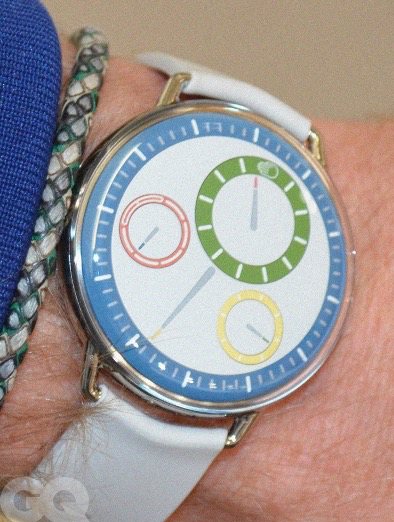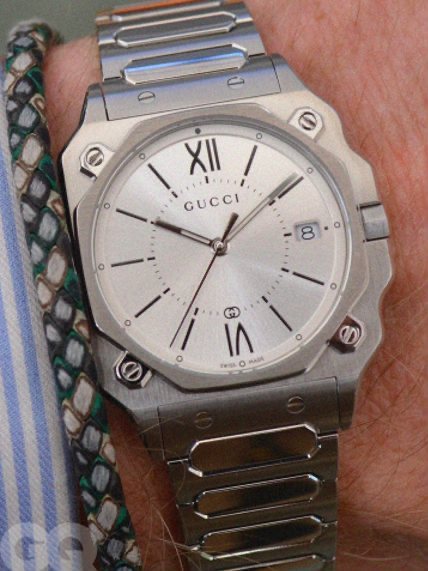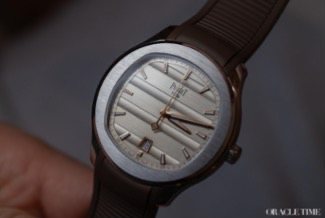"You never actually own a Patek Philippe. You merely look after it for the next generation."
Luxury watches occupy a unique space in the world of high-end goods, embodying not just precision timekeeping but also a profound connection to history, tradition, and personal legacy. The allure of these timepieces goes beyond mere functionality; it speaks to our intrinsic need to connect with the past and project ourselves into the future. At the heart of the fascination with luxury watches lies the concept of the heirloom. Merriam-Webster defines an heirloom as something of special value passed down through generations. The value of such treasures is twofold: intrinsic and emotional. Over time, brands like Patek Philippe, Tiffany & Co., Cartier, and Rolex have become synonymous with heirloom status, cherished for their craftsmanship, heritage, and the stories they carry.
Luxury watches are coveted for more than their brand names. They embody rarity, exclusivity, and status, serving as symbols of social acceptance and discernment. These timepieces are not mere accessories; they are statements of individuality and taste. Moreover, their craftsmanship and design elevate them to the realm of art, appreciated by connoisseurs and collectors alike. Brands in the luxury marketing sphere leverage heritage, craftsmanship, and exclusivity to create aspirational narratives that resonate with consumers. From limited editions to bespoke experiences, luxury watchmakers craft campaigns that speak to the desires and aspirations of their target audience, reinforcing the appeal of their products. For example, Patek Philippe’s Generations campaign says “You never actually own a Patek Philippe. You merely look after it for the next generation.” It reflects an evolving perspective of modern fatherhood, prioritizing quality time between fathers and their sons, and expressing their emotions openly. Luxury watches represent more than material wealth; they can serve as conduits for community, connecting enthusiasts across generations and continents.
In a world driven by fleeting trends and disposable goods, luxury watches stand as timeless artifacts, bridging the past, present, and future. They are symbols of craftsmanship and personal legacy, cherished for their beauty, rarity, and emotional resonance. In the afterglow of Watches & Wonders 2024, here are a few of our favorite pics… in case you’re curious.

(source: GQ)
“Now that’s a relic,” I say to my 12 year old grandson in 50 years. With Omega being the official timekeeper of the Olympic Games, we can see the signature rings atop this latest Type 1 being the ideal way to mark the occasion and hand it down to future generations. Ressence’s watches are a breath of fresh air, and a true testament to the power of contemporary design. What better way to time travel?

(source: GQ)
At Gucci, current creative director Sabato De Sarno launched his first piece, a classic ’70s dress watch. The brutalist design is a serious departure from Alessandro Michele’s bees and snakes, yet the Roman numerals at 12 and 6 o’clock serve as a reminder of Gucci’s roots. With only four years in the fine watchmaking business, it’s surprising to see Gucci going back to basics. But as a fan of timeless design, I can’t complain. The octagon bolted into the square dial is straight out of the cool dad handbook.

(source: oracle of time)
After a huge uptick in Cartier popularity among gen-z with the rise of the “old money aesthetic” and ensuing obsession with jewelry-based design watches, we’re noticing a desire for something less mainstream, yet still iconic. Watch dealer and vintage aesthete, Harris of Mendel Watches says “As a dealer, I’ve spent a lot of time educating customers into looking at other brands other than Cartier, which for a long time has been the most common for these types of watches. Piaget was the first to come to mind [...]”. With such a major anniversary, it’s no surprise that Piaget is poised to rise in popularity, if not dominate the market some time soon, just like it did in the ’60s/’70s/’80s.